An Asia perspective: A bank branch for the digital age
By Vinayak HV and Prateek BhargavaThe bank branch as we know it, with tellers behind windows and bankers huddled in cubicles with desktop computers, needs reinvention. Most customers now carry a bank in their pockets in the form of a smartphone and only visit an actual branch to get advice or buy complex products. Across Asia, digital transactions are 1.6 to 5 times as frequent as branch transactions.
Despite such systemic changes, branches remain an essential part of the operations, sales and customer-advisory functions for Asian banks. Instead of signaling the end of the branch, new technologies and changing customer behavior are ushering in the era of “smart branches” – a concept that has the potential to dramatically improve how branches operate. These new formats have reduced staffing, lower real-estate requirements, and enhanced customer experience—for a resulting 60 to 70 percent boost in branch effectiveness, as measured by cost savings and increased sales.
In a traditional branch, 70 percent of the floor space is devoted to tellers and other sales and servicing areas, with 30 percent dedicated to self- service. Smart branches flip this ratio and have a significantly smaller and more streamlined footprint. When customers enter, employees immediately guide them to self-service technology or assist them directly on their tablets. Save for a few large, flagship branches, teller counters and most of the back offices are gone. In their place is a distinctive layout constructed from three building blocks: A self-service area at the entrance of the branch that takes up most of the space and is open 24 hours; a standing-desk zone within the self-service area where bankers can proactively approach customers for sales and assisted services; and a priority lounge for larger branches where customers and businesses can receive premium advisory services and support.
Some banks in Asia have started to adopt elements of this smart-branch model. Instead of opening full-fledged branches, a digital bank in Indonesia set up kiosks in high-traffic areas such as shopping malls. These stations are staffed with several employees who help people sign up for accounts or guide them in using their smartphones to execute transactions. Another bank in South East Asia allows customers to queue up digitally at busy branches, sending an SMS message regarding their place in line.
Still, Asian banks can do a lot more to embrace each of the three building blocks necessary for full value potential: 1) the adoption of the above- mentioned new teller- and desk-free branch formats at every location; 2) the seamless integration of cutting-edge branch technology; 3) and the use of digital technology and advanced analytics to improve the branch operating model.
Smart-branch technology
Whether they’re in the middle of Beijing or in a quiet mountain town in the Philippines, customers should be able to come into a smart branch any time of day or night and get anything they need quickly, from new products like loans or credit cards to service. A variety of technology solutions can enable this goal.
Next-generation banker tablets give bankers freedom to roam the branch—much in the way Apple Store employees do—allowing them to increase sales and provide superior customer service. They are equipped with four critical features:
- Live customer-transparency dashboards alert bankers when customers make transactions at branch machines, like ATMs, so they can offer support or personalised offers.
- Advanced customer-relationship-management software gives bankers a holistic view of a customer’s history with the bank. These platforms use comprehensive customer data and analytics-based models to generate real-time, next-best-product recommendations.
- Digital sales modules allow bankers to use their tablets to approve customers quickly for any new product, whether a credit card, auto loan, mortgage or deposit account. Documents can be scanned and uploaded onto bank systems; fingerprints, ID cards, and passports read; and credit scores accessed.
- Assisted migration modules enable bankers to introduce customers to digital channels for basic services such as money transfers, address and email updates and check cashing.
Featuring a remote connection to a human banker, interactive teller machines (ITMs) effectively extend branch hours to 24/7 and let customers do most of the things they might come to a branch for, such as making deposits, cashing checks, authenticating over-the-limit cash withdrawals, and even applying for and receiving credit cards and loans. In remote locations, these machines can function as a “branch-in-a-box.”
Service terminals are simple, inexpensive devices with fewer features than ITMs. They can reside both inside and outside of branches (e.g., in shopping malls) and their main objective is to help less digitally inclined customers feel comfortable with the experience of digital banking.
Video-conference rooms are a dedicated, always open, secure area equipped with video-conference technology and co-browsing software. While most individual customers will gravitate toward ITMs, these rooms mainly serve small and medium-size businesses or individual customers with complex product needs, such as mortgages.
A new operating model for a new branch
The smart branch transformation requires fundamental shifts in how banks think about and support the branch and its employees.
A technology-first and needs-focused mind-set: Instead of an add-on to existing practices, digital technology should enable the migration of more than 90 percent of simple customer activities to self-service formats. It should also power simple, unified, paperless processes for sales and service, and leverage next-generation analytics to deliver personalised offers that are truly relevant for customers.
Transformed roles and capabilities: In the future, all branch employees will be able to address any needs customers might have. With most simple requirements met through self-service tools, these multi-skilled bankers will spend nearly all of their time on targeted, analytics-driven activities.
Technology will also be used to train bankers in these higher-value functions. Gamified training videos on tablets can make instruction engaging and efficient, and chatbots can give bankers instant access to information about a bank’s latest product offerings and policies, as well as details about their own performance metrics.
Digital performance management: Advanced management dashboards can track real-time branch traffic patterns, workloads and sales results, and give managers the flexibility to shift resources in a fact-based manner. Branch managers can also get transparency into employee performance through a simplified command center on their tablets.
Far from rendering the bank branch obsolete, digital technology holds the key to Asia’s branch of the future. To reap the full value potential, a bank needs to commit fully to the smart-branch model and equip its bankers and branches with the tools they need to succeed.












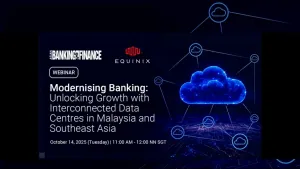
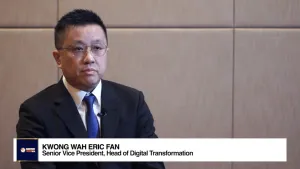


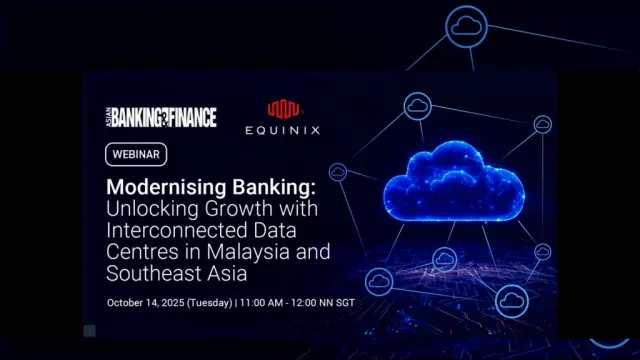

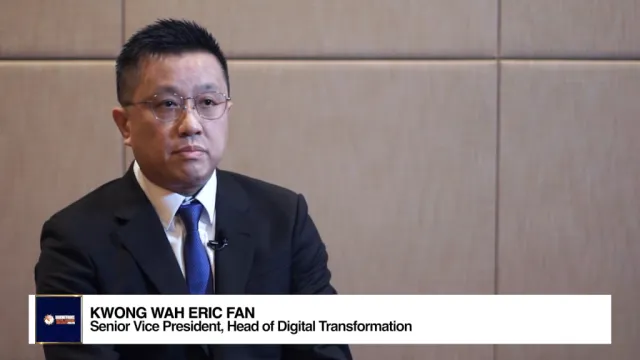
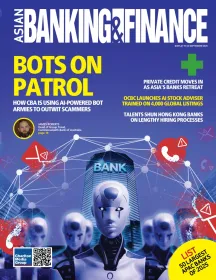
 Advertise
Advertise









